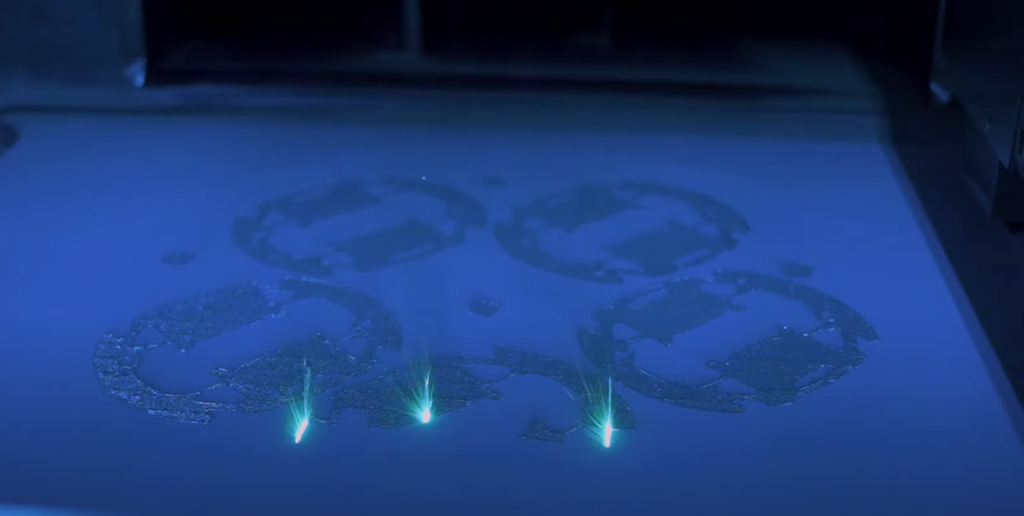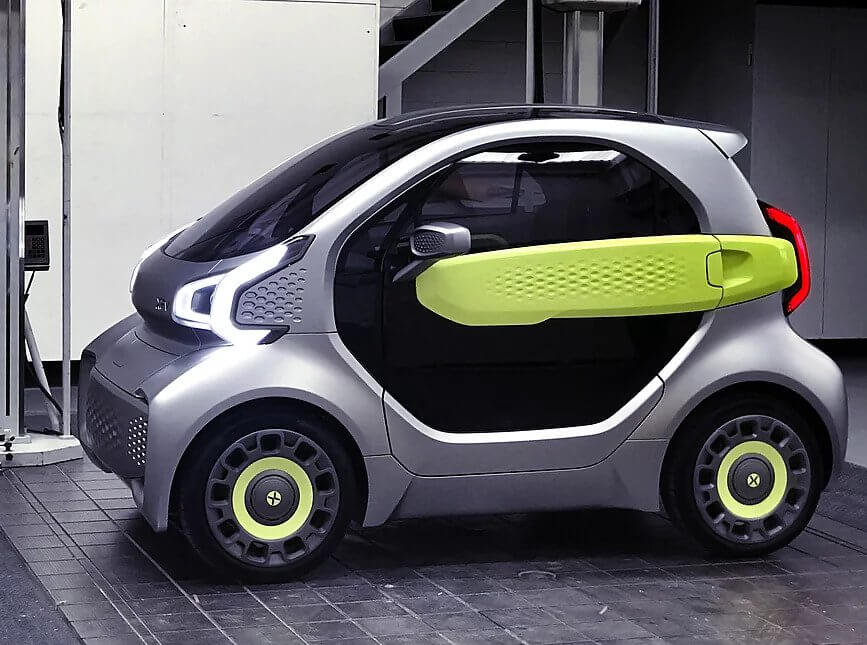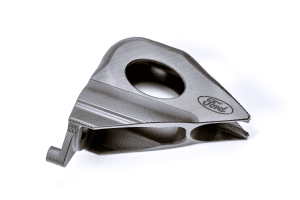


Automotive sector uses some of the most cutting edge tech in manufacturing. Automotive companies stand at forefront of innovation, revolutionizing manufacturing systems. As part of industry 4.0 major changes are coming up in the automotive sector when is comes to production. Along with production parameters like Fasters production and reduced costs additive manufacturing has also let the engineers make designs and parts which where not possible to manufacture using traditional methods, which will have a major impact on the design of cars.
Casting is one of the oldest and valued manufacturing process in which preparing the sand cast is the most vital step for getting the best products. The use of digital sand casting for preparing sand casts to enable the reduction of subassemblies has started nowadays. 3D printing enabled custom cast can bring about a significant development even before metal casts can directly produce large metal parts.
The improvement in sand 3D printing processes to improve upon the traditional casting industry’s possibilities could become increasingly mainstream as it can support high throughput production as required by the automotive segment.

Car manufacturers tend to have a verification of process before starting mass production of any model. Verification of the process is done to ensure that all of the individual components are manufactured and assembled correctly as per design. The initial prototype run also offers an opportunity to train workers on the production line and find out problems and solutions before any significant commitments are made. If anything goes wrong, the manufacturer has a chance to remedy the situation and fine-tune the process before the start of production.
All this will reduce the cost significantly and reduce the lead time for an electric car. These benefits will enable this sector to grow more and make electric vehicles more affordable to ordinary people, and allow the planet to have a more sustainable and green future.
Design and concept communication: Highly detailed, accurate to micro levels, and smooth scale models printed by 3D printing technology is often used to showcase design ideas. These models also help in situations where CAD models are not sufficient for identifying design issues.
Personalization: 3D printing allows you to create a broad range of styles that can be further customized to your customers’ requirements with anything from a small texture on your dashboard to an utterly personalized exterior.
Rapid Prototyping: The base of research & development (R&D) is prototyping, and 3D printing has provided that R&D base to the electric vehicle industry. Allowing changes to be made with a click of a button, new and new ideas and designs can be quickly tried out. This is not possible in traditional manufacturing, and 3D printing saves a lot of costs, time, and effort over here.
Lower Capital Investment: On a more prolonged time shelf, 3D printing technology is very cost-efficient and takes up less infrastructure than a traditional manufacturing set-up cost.
Lower Operational Expenditure: 3D printing will allow us to use digital libraries replaced modern-day physical inventories. The parts can be printed as and when needed. This will enable shorter assembly times and increase the possibility of Just-in-time manufacturing.
Often, the sweet spot for additive manufacturing is in low-volume, high value, long lead-time parts. Why? 3D printing reduces lead times and allows you to avoid the high up-front costs of traditional manufacturing: supply chain, tooling, and setup.
On the cost side, 3D printing often eliminates tooling and setup costs associated with traditional manufacturing. These lowered fixed costs mean that production at low volumes becomes economically viable. The graph below shows visually why this happens:

There’s a time benefit too: Since additive manufacturing doesn’t require setup or tooling, 3D-printed parts can often be produced with lead times in days versus weeks or months for traditional manufacturing.
3D Printed Electric Cars:
A Hong Kong-based design firm named “XEV” is developing small and compact, entirely 3D printed electric cars. The company especially thanks to the 3D printing technology; the vehicle costs just around $7,500. Apart from tires, chassis, windows, and seats, the entire car is built using a 3D printer. The costs are reduced here due to no need for inventory, tooling, or assembly lines. The technology also ensures the car is lightweight.

Image Source: https://www.x-ev.net/
HVAC for Model Y of Tesla
HVAC is known as heating, ventilation, and air conditioning, used in a car for ACs, heating, and proper air circulation. The vehicle’s airbox, a sizeable injection-molded component of the “Model Y” car, might be a 3D printed part – as evident from the picture below.

Image Source: https://3dprintingindustry.com/news/tesla-fixes-model-y-hvac-system-using-3d-printing-171017/
3D Printed Prototypes and parts by FORD:
The car uses 3D-printed prototypes for design validation and functional testing. The 2020 Shelby GT500 will also feature two structural brake components printed using Carbon’s Digital Light Synthesis (DLS) 3D printing technology. All these components manufactured using this 3D printing technology have passed all of Ford’s performance standards and requirements.

Image Credit: (Ford) Ford’s parking brake bracket is manufactured with Carbon 3D printing technology
Reduction in number of parts: Tesla Model Y
3D printing technology and its advanced prototyping features enabled the Model Y rear underbody to go from almost 70 different parts to just two and, eventually, with the advancement of technology to a single metal piece. It probably is prototyped using additive manufacturing (like 3D printing). Experts also say that, in the future, a hybrid additive-subtractive metal deposition technology may be used as a preferred method to produce a part of this size (it would make very little sense to cut this part from whole entirely) as a single component.

Image Source: https://www.3dprintingmedia.network/tesla-shows-massive-generatively-designed-3d-printed-part-in-model-y-underbody/
“One of the main applications they use 3D printing for is custom workpiece holders which mount on the machine conveyors.”


3D Printing is set to revolutionaize the way several industries work, from Medicine to Space Exploration to Education.
Learning and adopting 3D Prinring in your field may just be the Next Big Thing in your industry or workplace
© 2025 Fracktal Works Pvt. Ltd